AUSTRALIA
All You Need to Know About Continents : Australia
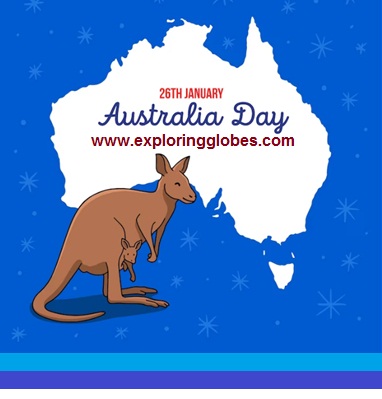
Facts about Australia/Oceania :
1. The Latin word “australis,” which means “southern,” is where the name Australia originates.
2. Australia lies totally on the south of the equator and if frequently referred to the nation as “down under”.
3. The authority name of Australia is the Federation of Australia.
4. Australia is the world’s littlest landmass and is otherwise called an ‘island mainland’ as it is encircled by water on all sides.
5. The landmass of Australia is frequently called Sahul, Australinea or Meganesia to separate it from the nation of Australia.
6. The world’s biggest coral reef is the Incomparable Obstruction Reef is around 2000 kilometers in length.
7. Two-thirds of Australia is desert land.
8. Austria is home to north of 500 assortments of eucalyptus trees.
9. Of all the continents in the world, Australia stands at the top of wool production and import. This is because the sheep population in the world’s smallest continent is 14 times that of its human population.
10. The unique animals of Australia are kangaroo, emu and platypus.
11. Australia capital – Canberra-Sydney.

Credit – Freepik
Oceania
Oceania is a geographic district that incorporates Australasia, Polynesia, Micronesia and Melanesia.
Australasia
1. The area comprising of Australia, New Zealand, New Guinea, and adjoining islands in the Pacific Sea is in some cases alluded to as Australasia.
2. Australia, a nation and Earth’s littlest mainland.
3. Zealandia, a miniature mainland that incorporates the island nation of New Zealand.
4. The country New Zealand comprises of two principal islands: the North Island (Te Ika-a-Māui) and the South Island (Te Waipounamu).
5. Wellington-Auckland serves as the capital of New Zealand.
6. New Guinea, the second biggest island on earth (after Greenland).
7. The Pacific Islands, a large number of islands in the Pacific Sea separated into Melanesia, Micronesia, and Polynesia.
8. The most crowded nations in Oceania are Australia, with 25.9 million individuals; Papua New Guinea, with 9 million; and New Zealand, with 4.9 million occupants (in 2022).
9. The biggest urban communities in Oceania by populace are Sydney (pop. 5.2 million), Melbourne (pop. 4.9 million), Brisbane (pop. 2.5 million), Perth (pop. 2.1 million), and Auckland (pop. 1.4 million); aside from Auckland, all urban communities are situated in Australia.
Melanesia
1. East and south of New Guinea Island in the western Pacific Ocean lays an area known as Melanesia, whose northern border is the Equator.
2. The region contains New Guinea Island, the Bismarck Archipelago, Vanuatu, the Solomon Islands, Fiji, and Papua New Guinea, all of which are independent nations, as well as the French Dependency New Caledonia.
3. Melanesia contains many volcanically formed islands that are part of the Pacific Ring of Fire.
| Melanesia Countries | Capital |
| Fiji | Suva |
| New Caledonia | Noumea |
| Papua new guinea | Port Moresby |
| Solomon Islands | Honiara |
| Vanuatu | Port-Vila |
Micronesia
1. In the western Pacific Ocean, north of Melanesia and north and west of Polynesia, is an area known as Micronesia. The Equator essentially forms its southern boundary. 2. The Mariana Islands, the Federated States of Micronesia, Republic of Palau, the Marshall Islands, and the western Kiribati archipelago are all included in this region.
| Micronesia Countries | Capital |
| Guam | Hagatna(Agana) |
| Kiribati | Tarawa |
| Marshall Islands | Majuro |
| Micronesia | Palikir |
| Nauru | |
| Northern Mariana Island | Saipan |
| palau | Ngerulmud , Melekeok |
Polynesia
1. East of Micronesia and Melanesia, in the middle Pacific Ocean, lays a huge area known as Polynesia.
2.The region encompasses the easternmost Pacific island nations, such as Samoa, New Zealand, the Cook Islands, Hawaii, the Marquesas Islands (which are a part of French Polynesia), and the Cook Islands.
| Polynesia countries | Capital |
| American Samoa | Pago pago |
| Cook Island | Avarua |
| Easter Island (Chile) | Hanga Roa |
| French Polynesia(Tahiti) | Papeete |
| Hawaii | Honolulu |
| Niue | Alofi |
| Pitcairn | Adamstown |
| Samoa | Apia |
| Tonga | Nuku’alofa |
| Tuvalu | Funafuti |
Other facts about Australia
1. The highest peak in Oceania is Puncak Jaya or Carstensz Pyramid, which rises to a height of 4,884 m (16,024 ft) in the Papua Region of Indonesia on the island of New Guinea.
2. Oceania’s second-highest summit, Mauna Kea, is located on the island of Hawaii and rises 4,207.3 m.
3. The highest peak on Earth is Mauna Kea. It rises almost 10,210 meters from the ocean’s floor to its summit (33,500 ft).
4. With a height of 2,228 m, Mount Kosciuszko in New South Wales is the tallest mountain in Australia (7,310 ft).
5. The 3,500 km long Great Dividing Range, sometimes referred to as the Eastern Highlands, is a mountain range that runs along Australia’s east coast.
6. Mount Kosciuszko has the highest peak at 2,228 meters (7,310 ft).
7. The highest mountain in the Maoke Mountains, formerly known as the Snow Mountains, which are a part of the Central Cordillera of New Guinea.
8. Puncak Jaya, with a prominence of 4,884 m, is also the highest mountain peak of an island on Earth.
9. Supposedly, Lake Eyre (officially Kati Thanda-Lake Eyre) in South Australia, a seasonal lake with a surface area between 8,000 and 9500 km2, is the largest lake in Oceania/Australia.
10. Longest River: With 2,508 km, the Murray is Oceania’s longest river by a wide margin. [3] The river serves as a long-distance border between Victoria and New South Wales in Australia.
11. Deserts Arid and hostile terrain makes up about 35% of the Australian continent. The Outback, or central region of the country, gets so little rain that it is essentially a desert.
12. Australia has a number of designated deserts; the Great Victoria Desert in Western Australia and South Australia is the largest by area.
13. The Tanami Desert, the Great Sandy Desert, along with the Strzelecki Desert, the Simpson and Gibson Deserts.
14. Oceanic languages-Before the arrival of the Europeans, Oceania was home to a wide variety of languages. English, several French-based creoles, some Japanese, Aboriginal and Torres Strait Islander languages, Melanesian Pidgin, Hawaiian, Polynesian languages, Tahitian, and Maori are the main languages spoken in Oceania today.
15. Tourists riding camels: the well-known sunset camel ride at Cable Beach, Western Australia, 7 km (4 mi) west of Broome.
-
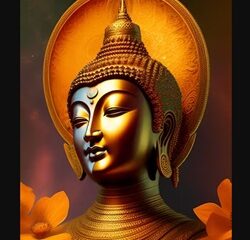
 ASIA3 years ago
ASIA3 years agoAll You Need to Know About Continents : ASIA
-
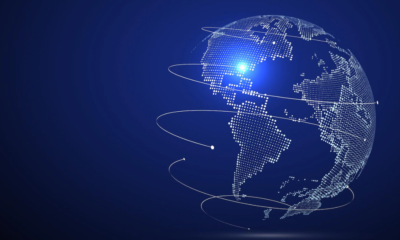
 WORLD INFO3 years ago
WORLD INFO3 years agoAll You Need to Know About Continents: Facts and More
-
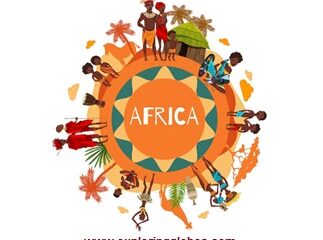
 AFRICA3 years ago
AFRICA3 years agoAll You Need to Know About Continents : AFRICA
-
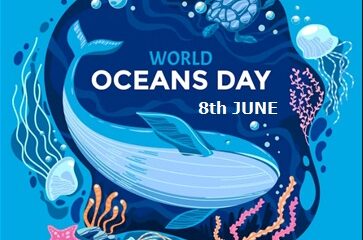
 WORLD INFO3 years ago
WORLD INFO3 years agoThe World’s Oceans
-

 AMERICAS3 years ago
AMERICAS3 years agoAll You Need to Know About Continent : THE AMERICAS
-
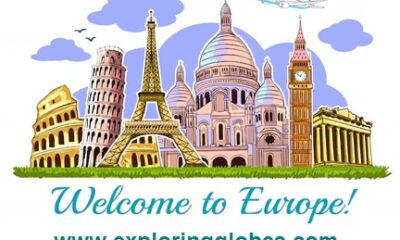
 EUROPE3 years ago
EUROPE3 years agoAll You Need to Know About Continents : EUROPE
-
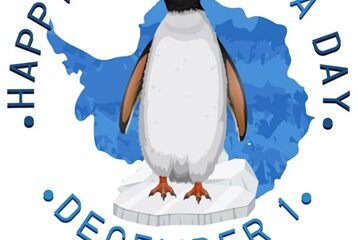
 ANTARCTICA3 years ago
ANTARCTICA3 years agoAll You Need to Know About Continents : Antarctica
